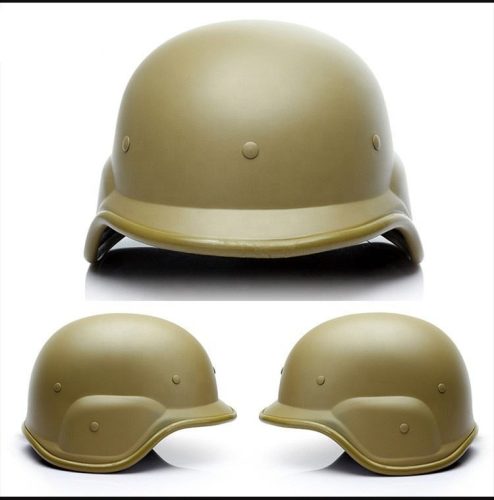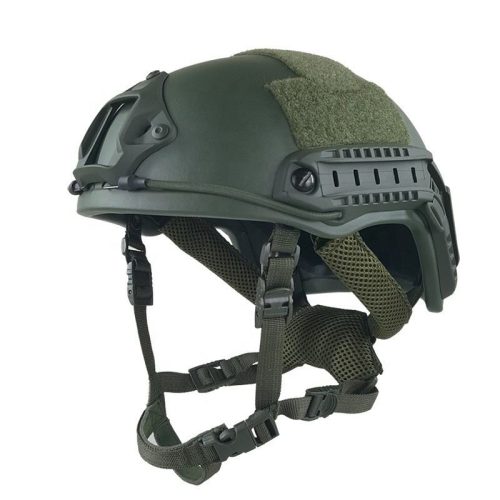Equestrian helmets are essential for riders’ safety and confidence when participating in horseback riding. Here are some key points to consider regarding equestrian helmets and how they contribute to a rider’s confidence:
- Head Protection: Equestrian helmets are designed to protect the rider’s head in the event of a fall or accident. They are specifically engineered to absorb and disperse the force of an impact, reducing the risk of head injuries, including concussions and skull fractures.
- Mandatory Safety Gear: In many equestrian disciplines and riding schools, wearing a certified equestrian helmet is a mandatory safety requirement. Riders must wear a helmet to participate, reinforcing its importance and normalizing its use.
- Compliance with Standards: Equestrian helmets must meet safety standards and certifications to ensure their effectiveness. Look for helmets that comply with standards such as ASTM F1163 (North America) or EN1384 (Europe).
- Proper Fit: An appropriately fitted helmet enhances comfort and safety. A helmet should be snug but not too tight, and it should cover the forehead. A secure fit gives riders the confidence that their helmet will stay in place during a ride.
- Styles and Preferences: Equestrian helmets come in various styles, including traditional hunt caps and more modern designs. Riders can choose a style that matches their discipline and personal preferences, allowing them to feel confident while looking good.
- Ventilation: Many equestrian helmets are designed with ventilation systems that keep the head cool and comfortable, even during long rides. Riders can focus on their riding without discomfort from heat and sweat.
- Protection from Sun and Rain: Some helmets feature visors or brims that provide shade and protection from the sun. This added feature can enhance a rider’s comfort, especially during outdoor riding in sunny conditions.
- A Matter of Routine: Wearing a helmet should become a routine part of riding. As riders consistently incorporate helmets into their gear, it becomes a natural and confident habit.
- Influence of Role Models: Riders often look up to experienced equestrians who prioritize safety. When role models and trainers promote the use of helmets, it encourages younger riders to follow suit.
- Youth and Children’s Helmets: Encouraging young riders to wear helmets is crucial. Youth-specific equestrian helmets are designed with their safety and comfort in mind, building confidence in both young riders and their parents.
- Education and Training: Rider education programs emphasize the importance of helmets and safety gear. Proper training in horsemanship, including safety measures, builds rider confidence.
- Protecting Against Unpredictable Situations: Horses can be unpredictable, and accidents can happen even to experienced riders. Equestrian helmets provide an added layer of protection, instilling confidence that riders are prepared for the unexpected.
- Safety Culture: Creating a culture of safety in equestrian communities and barns reinforces the use of helmets and other safety measures. When safety becomes a shared value, riders can feel more confident in their choices.
In summary, equestrian helmets are not just safety gear; they are a vital component of a rider’s confidence and peace of mind. By choosing the right helmet, ensuring a proper fit, and integrating helmet use into their riding routine, equestrians can ride with greater confidence, knowing they are taking proactive steps to protect their heads and safety.


